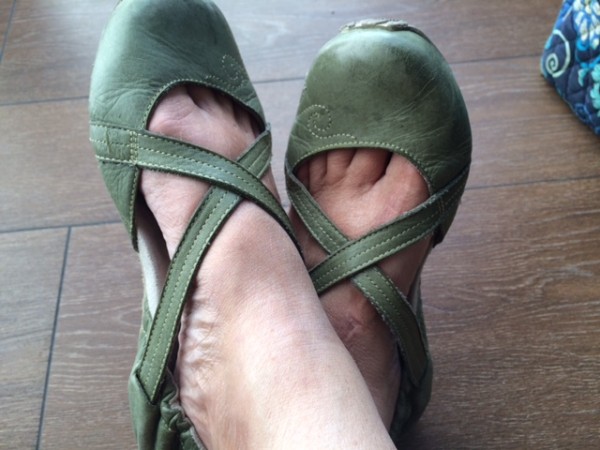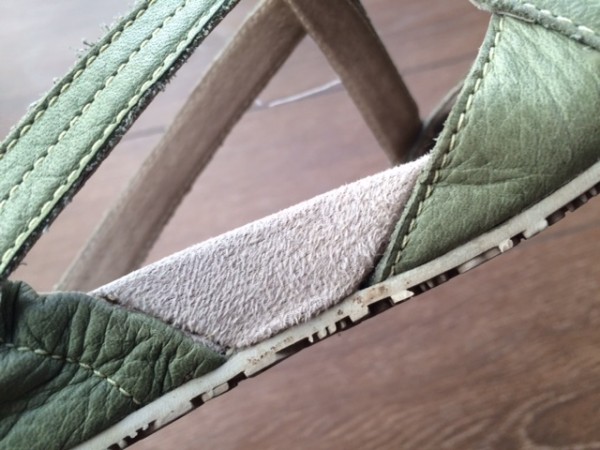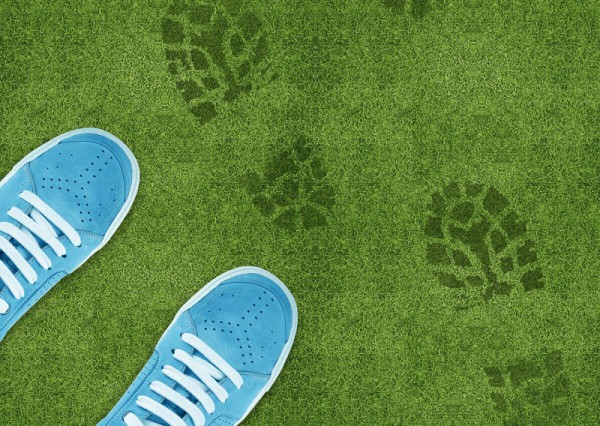Buying special insoles can make any pair of shoes 100 times more comfortable while avoiding foot problems. If you’re one of the millions of Americans suffering on your feet, here’s how to choose the right insoles for your shoes.
Why You Need Them
There are many reasons why you might need insoles. For example, if you have a collapsed arch, it can be very painful to walk in your shoes or even barefoot. Standing for long periods can be downright unbearable.
Heel slippage is another reason people wear insoles. A shoe that fits well should never slip in the heel. But, sometimes, we just have to have that brand or style – even when the fit is less than perfect.
Sometimes, a manufacturer’s shoe sizing doesn’t match the size of our feet perfectly so we are forced to compromise.
Foot elongation is when one or both feet flatten out or elongate when standing or sitting. Basically, when feet size change between standing and sitting, it can make wearing shoes difficult. Insoles help correct this problem by filling spaces to keep shoes in place.
Types Of Insoles

There are various types of insoles on the market today. The best shoe insoles are the ones that help you by relieving pain and discomfort while making it possible to wear your shoes throughout the day. People who experience pain in their feet, and are tired from standing all day often find relief from a special type of insert called a comfort insole.
These are shock-absorbing inserts that are either flat or shaped, and they feature a gel or foam that acts as the shock absorber.
You can usually buy these as full length, ¾ length, or heel inserts for plantar fasciitis.
Tired and achy feet might also be caused by insufficient support inside the shoe. If a comfort-type insole doesn’t give you the relief you expect, or if it aggravates the problem, then it means your foot wants and need firmer support instead of more cushioning.
A support or “sport” insole would be the answer in these cases. Support insoles are constructed for support and stability. Comfort is achieved from increased stability in the foot, not cushioning. Supportive insoles are useful when your problem is either a structural misalignment (diagnosed by a doctor), plantar fasciitis, or supination or overpronation.
In structural misalignment, the bones in your feet haven’t grown normally. Because of this, you may experience pain in the ankles, knees, hip, back, neck or head. Plantar fasciitis is an actual tearing of the plantar muscle fascia – a sheet of connective tissue in the foot that connects the heel to the forefoot. This condition is incredibly painful because every step causes stress to the area.
Supination or overpronation of the foot means that you have a tendency to roll your feet out or in when walking or running.
Insoles of either type tend not to be customized for the individual, but they are made of a general mold which can fit a wide range of foot types. Usually, insoles are made for a range of foot sizes, and may even be made for specific foot or shoe sizes.
If these do not work, custom orthotics may be your only hope. Custom orthotics require that you see a foot doctor, called a podiatrist, and have a cast made of your foot. The doctor then orders an orthotic device that functions similarly to an insert.
The custom orthotic is shaped to, and for, your foot specifically. Because of this, it will provide the maximum level of comfort.
Insole Volume and Why It Matters

High volume insoles are best suited to shoes like hiking boots, ski boots, and running shoes. Basically, any kind of sport-related footwear or footwear that you expect to wear for long periods of time.
Low volume insoles are needed for low volume shoes like casual or cycling shoes. They are also useful for use in in-line skate boots, ski skate boots, or walking shoes.
Getting The Right Fit
Getting the right fit isn’t always easy. Once you’ve narrowed your options down, and figured out the basic type of insole you need, you should test out the models you’re considering. With the exception of custom orthotics, testing insoles is easy.
Choose a potential insole and stand on it outside of the shoe. Lift your other foot up so that you’re balancing on just the one foot that is under the insole. Check to see how stable you feel on this insole. Feel how much pressure you feel and whether the tissue on your heel is supported.
Next, try the insole inside your shoe. Remove the stock insole and slip the new insole into the shoe. Check stability inside the shoe. If you don’t feel stable, this isn’t the insole for you. The insole shouldn’t take up too much space. It should feel just right.
Tyler S. McCracken is the President of Maxem Enterprises, Inc., a North Carolina based internet retailer operating as, TheInsoleStore.com, the World’s Authority and superstore of shoe insoles, inserts, arch supports, & orthotic sandals. Named after Tyler’s children, Max & Emmy, he acquired the firm in 2011 and moved the firm from La Place, LA to Charlotte, NC. He graduated from Albion College in 1991 and also has 20+ years of experience in corporate finance and real estate.

